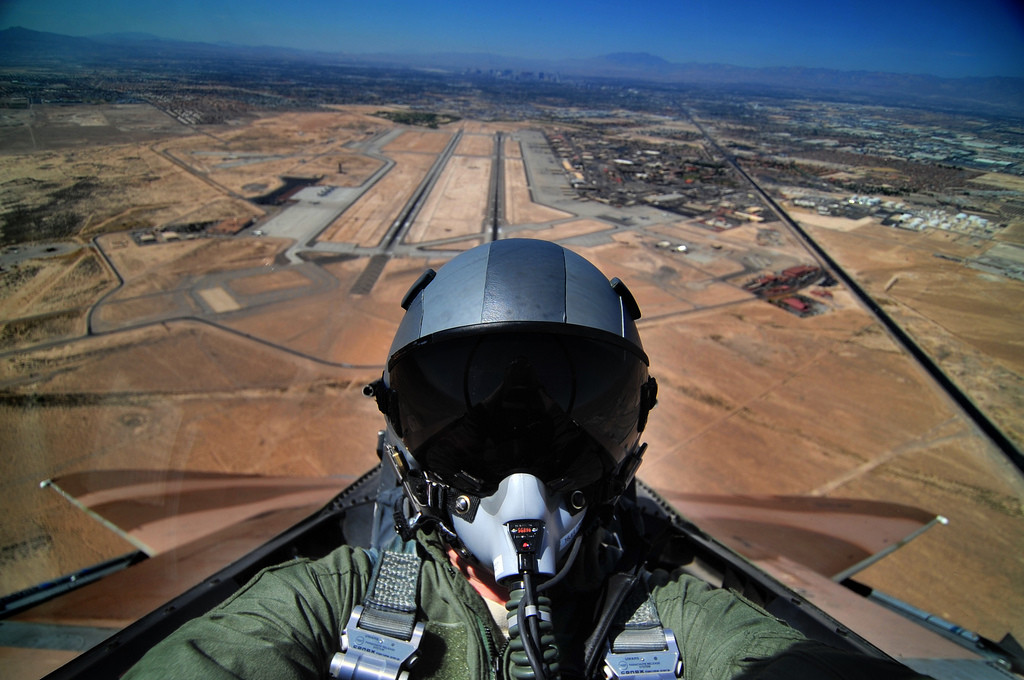Abolish the Air Force? The Problems with Service Unification

Yesterday, the Boston Globe published an opinion piece by columnist James Carroll. In it, he argued that the U.S. military had failed to evolve over the course of decades and thus requires a dramatic transformation. His primary recommendation is to heed the argument made in a December Foreign Affairs article, which called for the abolition of the U.S. Air Force as an independent service within the Defense Department.
In the 1980s I spent some time with the Canadian military forces. They all, regardless of branch, hated service unification, and convinced me that it wasn’t really working in practice—infantrymen were not interchangeable with sailors, signalers on land were different from those on ships, etc. etc. If anything, it only deepened the sense of alienation and bitterness that the professional military people felt for their civilian masters; when the scotch was flowing the conversation was quite animated. (The 2011 renaming of the land, sea, and air components as the Canadian Army, Royal Canadian Navy, and Royal Canadian Air Force recaptured a sense of unique identity, but legally, they remain a single, collective entity—the Canadian Forces.)
One of the things that civilians never quite get is the bonus that comes from service pride. It is not a thing to be overlooked, and probably returns more to the system in indefinable efficiency than putting everybody in the same uniform and then finding, as our Canadian friends will tell you, that it’s not as simple as making everybody the same.
It’s worth remembering that “service unification” was a big lesson from WWII, and the creation of DoD itself, along with the overseas unified commanders, was regarded as a major “unification” of the Services. For the truly wonky, you can go back through WWII and see the theater commanders—Eisenhower, Nimitz, MacArthur—struggling for a way to get the services to work together, in ways that seem absurd, sometimes, to us now (the German escape from Sicily being an example of the breakdown). So service unification was a big lesson from the war, and the DoD and unified command system we’ve had since then (with all the sub-unified commands, JTFs and so forth) are the particularly American response.
There might be some merit in reducing the Department structure, since the offices of the civilian secretaries tend, like all bureaucracies, to grow. Yet the civilian secretaries, of independent service branches, play a role in the civilian-military connection. In our post-WWII history there has been a constant sort of Brownian motion between the civilians and the uniforms in DoD, and that’s not liable to stop, no matter how the deck chairs get rearranged. For the political cost of making major changes, and the disruption of a distinctively American unified service culture, it seems to me that it would be a lot of smoke for not much steam.
Colonel (USA ret) Bob Killebrew writes and consults on national defense issues as a Senior Fellow at the Center for a New American Security. Prior to his retirement from active duty he served for thirty years in a variety of Special Forces, infantry and staff duties.
Photo credit: DVIDSHUB

